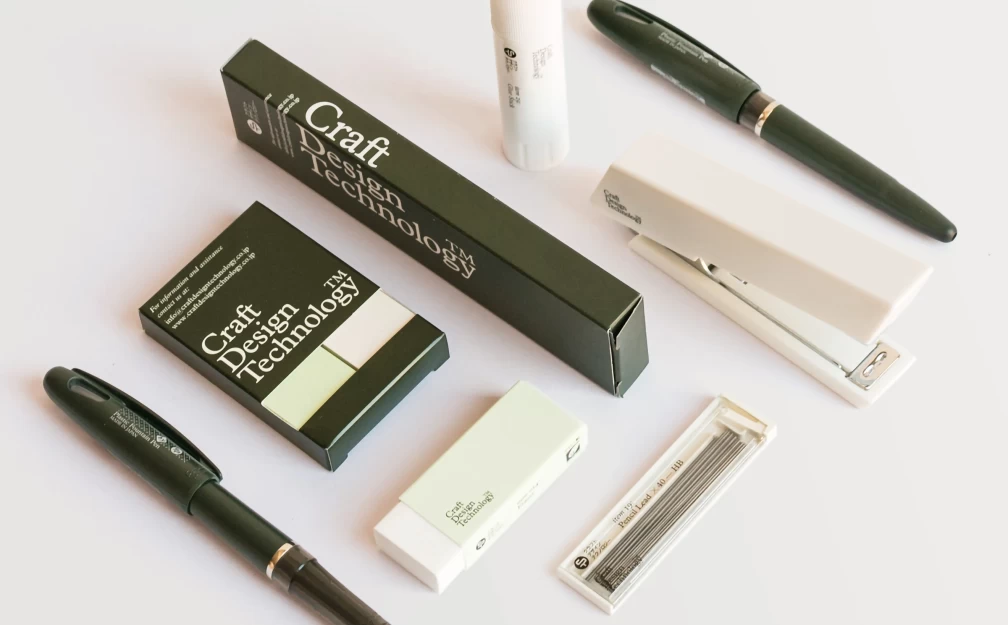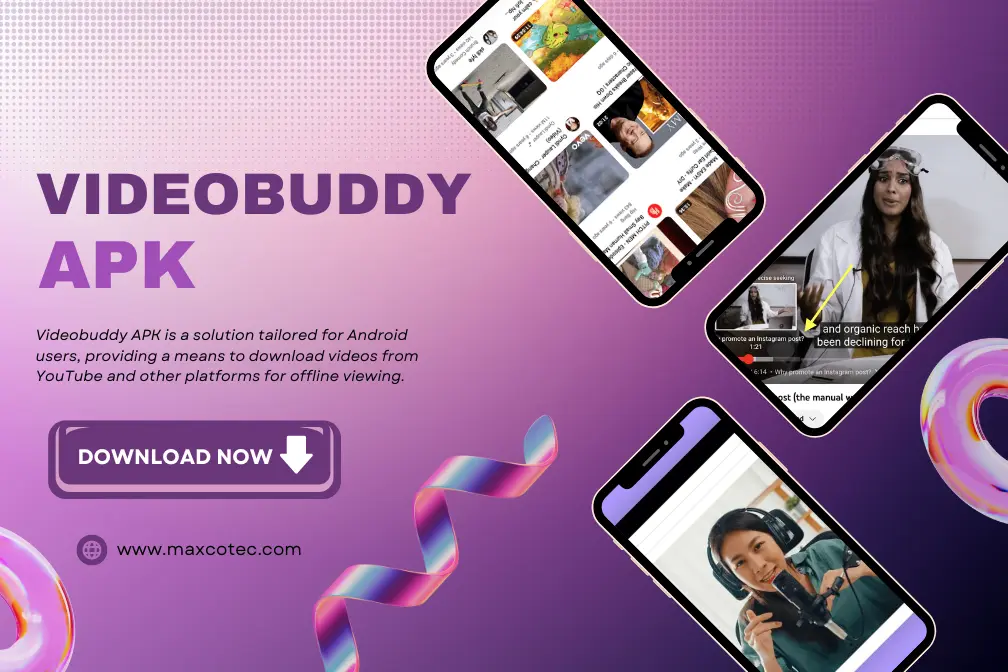Key Features:
- Craft design technology is a computer-aided manufacturing technology that helps develop handmade and artisan crafts.
- The growth of 3D printing and laser cutting technologies has opened up a world of possibilities for craft makers.
- The two main steps of CDT are product and design development and choosing the right software.
- The use of the latest technology in crafting results in less cost, custom-made design, flexibility, and more aesthetically appealing design.
- The three principles of craft design technology are color, patterns, and angles.
- Inspired by the latest craft technology, a Japanese company has launched its craft stationery brand in the name of Craft design technology.
- Crafting and technology go hand in hand, and CDT makes it easier to create, share and consume craft products.
- Craft design technology is the use of technology to create a product or service that is aesthetically pleasing and well-made. It’s about combining your craftsmanship with cutting-edge technology to create something special for your customers.
- Craft design technology is a wide field that covers the use of any technology to make the craft. In a very broad sense, it includes everything from baking to knitting. It also has more specific applications that refer to digital technologies like 3D printers, laser cutters, and CNC routers.
How Craft Design Technology is Changing the Craft World?
Craft design technology is changing craftsmanship. Craftsmen can now get access to new tools and technologies that were previously impossible for them to use. The change is not only affecting the tools and processes used by artists but also the way they think about their work.
The growth of 3D printing has opened up a world of possibilities for craft makers. From digital prototyping to 3D scanning, craftsmen can create their designs faster and more efficiently than ever before.

3D printing has given us a new way to create things, but there are still limitations when it comes to creating complex objects with precise measurements and angles. That’s where craft design technology comes in handy!
The ability to create a product on your own is an art form, and it is around since the beginning of humanity. We used tools and materials at our disposal to make the best things we could with our hands and minds. Tech blog USA has a detailed article on the changing craft technologies.
The beauty of craft design technology is that it can handle all those tiny details for you, so you don’t have to worry about them!
What are the Main Steps of Craft Design Technology?
Craft design technology has two major steps:

CDT: Product Design and Development
This area includes all aspects related to product development from concept to delivery (the creation of prototypes). It includes:
Ideation – In this phase, ideas for products are generated by brainstorming sessions or other creative exercises where participants suggest ideas for possible products. The ideas are evaluated for their suitability and their potential value in the marketplace.
Prototype Development – This phase involves creating mock-ups or prototypes of the proposed idea so that it can be tested in real-world situations before being committed to production full scale. Prototypes may take various forms including physical models or computer simulations depending on what is required
CDT: Choosing the Right Software
The second step is to find the right software for your business. There are many different programs available, each with its strengths and weaknesses. You need to choose one that fits your needs as closely as possible.
The next step is to learn how to use this program, which can take some time but is worth it if you want precision results from your designs. After that, it’s time to start designing! A good designer should be able to take an idea from concept through production without any problems at all! The final step is to publish your designs for sale online or in person!
What are the Benefits of Using Craft Design Technology?
Craft design technology is the art of combining different materials and techniques to create a beautiful piece of work. It can include woodworking, metalworking, ceramics, glasswork, and more. Hobbyists and professionals equally use craft design technology to create beautiful works of art.
Craft design technology is the process of creating a product through the use of 3D printing and other technologies. The benefits of craft design technology are many:

- It can be used in the development of any product that requires human-designed features.
- With a laser cutting machine, you can create intricate patterns and designs on your 3D print jobs. It allows you to create unique products that would otherwise be impossible with traditional manufacturing techniques.
- Craft designs often cost less than mass-produced items because they are made from less expensive materials, such as paper and cardboard, instead of metal and plastic.
- They can be custom-made for people with specific needs or desires, such as those who have limited mobility or vision problems.
- The software used for craft design technology is flexible enough to adapt to any number of different processes and styles, so no matter what kind of project or product your company makes, it will be able to handle it!
Craft Design Technology – Japan’s Leading Stationery Brand
Inspired by the latest technology in the craft, a Japanese has also come forwards with craft stationery products and launched itself with the name of Craft design technology.
Craft Design Technology is one of Japan’s leading stationery brands, it marries modern design with the Japanese heritage of traditional craft and technology innovation. The company was founded in 1993 by a group of artists who wanted to create an original line of stationery products that would be both beautiful and functional.

The founders felt there was a need for a new kind of stationery brand that combined the best of traditional craftsmanship with modern design. They wanted to create a line of products that would appeal to people who value functionality and aesthetics.
The Three Principles of Craft Design Technology

- Color
Every product has its unique color or shade. The color choices come to form a combination of different visual effects, such as saturation, brightness, and hue. This combination gives each product its unique character. The color scheme used for each stationery item ensures that it is compatible with other items in the same range so that you can mix and match them without any problems!
- Pattern
Designing the patterns using modern techniques by combining geometric patterns such as squares, triangles, and circles with organic patterns such as plants and animals. These patterns are often used together with geometric shapes to create interesting compositions which give each item its unique character!
- Angle
The way something looks can change depending on how you look at it. Craft designers understand this concept very well and take advantage of it when designing new products: by changing the angle at which you view their products, they can make them appear more interesting and unique than they would. The angle of our products makes it easy for you to hold them in either of your hands.
The bottom line
Technology has advanced by leaps and bounds, giving rise to a host of new tools and project possibilities. The use of these technologies has changed the way designers carry out their projects. It has shifted the skills used in product design today.
In the end, crafting and technology go well together. Craft design technology makes it easier to create, share and consume craft products, which in turn creates a need for new products that can stand out from all the crowded competition. You spend your time working on your products or projects, while technology makes it easier to design, manufacture and deliver your pieces to some part of the world.






